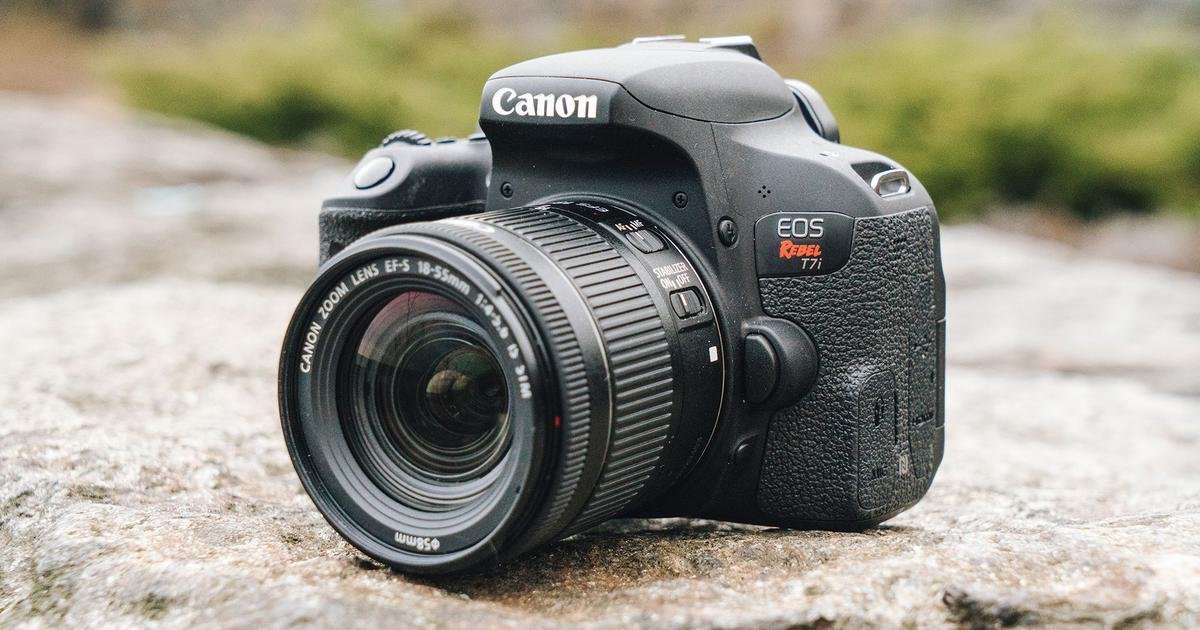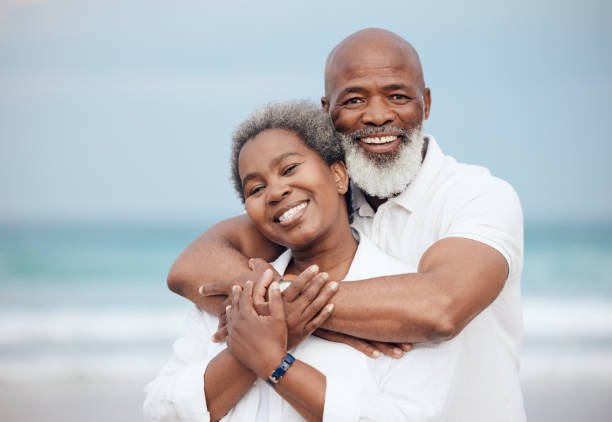The best DSLRs are some of the most reliable and hardy cameras around – even as mirrorless camera technology becomes more widespread. While mirrorless cameras can be tempting propositions, the best DSLRs can offer fantastic shooting experiences, often incorporating mirrorless technology and features, such as on-sensor phase-detection autofocus and more.
However, one of the main advantages of DSLRs is its optical viewfinder (as opposed to the electronic viewfinder found in mirrorless cameras). Many photographers prefer viewing their image naturally, rather than through a ‘mini TV screen’ EVF. The large, ergonomic handgrips make the best DSLRs super comfortable to use when shooting for long periods of time. Meanwhile, the rugged build of a DSLR is reassuringly durable – often surviving unfortunate drops or scrapes. Prime examples of newer DSLRs that make an amazing case for themselves include the Canon Rebel SL3 (EOS 250D), Canon EOS 90D, and Nikon D780.
One of the greatest benefits of the best DSLRs is how affordable some of the older models can be. While they may not have all the bells and whistles of the latest up-to-cutting edge camera technology, they’re still fantastic pieces of kit that can be used to capture amazing photos.
We’ve collected the best DSLRs currently available, separated into bodies for beginners, enthusiasts, and professionals.
The Best DSLR in 2021 for Beginners
Here we’ve picked our favorite entry-level DSLRs. We think these are all the best all-around DSLRs for new users, however, we rate them all for different reasons. Some are highly affordable, while others have more sophisticated features, so take a look through and see which ones seem like they’d suit you best.
1. Nikon D3500
Type: DSLR | Sensor: APS-C | Megapixels: 24.2MP | Lens mount: Nikon F (DX) | Screen: 3in, 921,000 dots | Max burst speed: 5fps | Max video resolution: 1080p (Full HD) | User level: Beginner
The Nikon D3500 was launched back in 2018 as an evolution of Nikon’s best-selling line of digital cameras. We also rate it as one of the best Nikon cameras right now, as well as one of the best cameras for beginners. Novice photographers are often worried about DSLRs being complicated to use, but the Nikon D3500 has a brilliant ‘Guide’ shooting mode that acts as a fully interactive tutorial on photography, delivered via the rear LCD screen.
The rear screen is fixed, and you’re limited to Full HD video rather than 4K, but the 24-megapixel sensor delivers super-sharp images, and the retracting 18-55mm kit lens is rather good too. The D3500 is small, light, cheap, and easy to use – all the qualities that will appeal to beginners.
It might seem as if camera technology is advancing at breakneck speed right now, but the D3500 has all the qualities we still look for in a beginner camera, and we still haven’t seen anything to touch it at this price.
2. Canon EOS Rebel SL3 / EOS 250D
Type: DSLR | Sensor: APS-C | Megapixels: 24.2MP | Lens mount: Canon EF-S | Screen: 3in vari-angle touchscreen, 1,040,000 dots | Max burst speed: 5fps | Max video resolution: 4K | User level: Beginner
Canon does make a couple of cheaper DSLRs than this one, but we reckon they’re a little cut down in features and build quality and we’d recommend paying just a little bit extra for the EOS Rebel SL3 DSLR (sold as the EOS 250D in Europe). Why? Because it has a vari-angle touchscreen on the back and a sensor with Canon’s Dual Pixel CMOS AF technology, so the autofocus in live view is really snappy.
We also love the fact that you can start from a simple Guided user interface when you’re still learning, and then switch to the standard setup when you feel more confident and want more control. This is the best DSLR for beginners keen to learn and experiment with new techniques – it’s also as good in live view mode as a mirrorless camera.
We’re looking forward to trying out the new EOS 850D, but for now, this is the entry-level Canon DSLR we’d recommend, and it’s hard to imagine anything beating this more advanced beginner camera for features and value right now.
3. Canon EOS Rebel T100 / EOS 4000D
Type: DSLR | Sensor: APS-C | Megapixels: 18MP | Lens mount: Canon EF-S | Screen: 2.7in fixed, 230,000 dots | Max burst speed: 3fps | Max video resolution: 1080p (Full HD) | User level: Beginner
Canon has deliberately built the EOS Rebel T100 (EOS 4000D) down to a price, and we think they might have taken the cost-cutting a fraction too far. It’s a decent camera, but only if you can get it for a lot less than the Nikon D3500, above. The Canon is well suited to beginners, with the same ‘intelligent’ full auto shooting mode and feature guide as you’ll find in pricier Canon cameras.
The ‘Quick’ menu is typically intuitive, and there are plenty of scene modes as well as more advanced shooting modes. There’s also a Creative Auto mode to help you progress from ‘basic zone’ to ‘creative zone’ modes. The 18MP image sensor is a little lacking in megapixels compared with most current DSLRs, though, and there are more serious cutbacks in other areas.
We wouldn’t expect a touchscreen at this price, but the rear LCD is disappointingly small and low-resolution. Ultimately, it’s a very basic camera but the best DSLR to get if you just want to dip your toe in the photographic water and spend as little cash as possible.
4. Nikon D7500
Type: DSLR | Sensor: APS-C | Megapixels: 20.9MP | Lens mount: Nikon DX | Screen: 3.2in tilting touchscreen, 922,000 dots | Viewfinder: Pentaprism | Max burst speed: 8fps | Max video resolution: 4K | User level: Enthusiast
Nikon fans looking for an all-round equivalent to the do-it-all Canon EOS 90D should take a look at the Nikon D7500. Also designed for enthusiasts, it offers a slightly faster 8fps continuous shooting speed, a proven 51-point autofocus system, and the ability to capture 4K video.
It has a tilting rear screen rather than the fully-articulated design on the EOS 90D and relies on slower contrast AF in live view mode, but if you do most of your shooting through the viewfinder these will be small points. The D7500 also has a lower resolution (20MP vs 32.5MP) but in real-world shooting its high-performance sensor delivers images which are not far behind the definition offered by the Canon, despite the difference in megapixels. Nikon fans who like sports photography might also want to take a look at the Nikon D500, but this is a much more expensive camera and it’s growing harder to find.
5. Canon EOS 6D Mark II
Type: DSLR | Sensor: Full-frame | Megapixels: 26.2MP | Lens mount: Canon EF | Screen: 3.2in vari-angle touchscreen, 1,040,000 dots | Viewfinder: Pentaprism | Max burst speed: 6.5fps | Max video resolution: 1080p (Full HD) | User level: Enthusiast
We like the Nikon D780, but the EOS 6D Mark II has been around longer and has impressive features of its own. The 26-megapixel sensor is good rather than great, but it does have Canon’s Dual Pixel CMOS AF system, so the live view autofocus is very fast and effective.
The 45-point viewfinder AF system is pretty good too, although the focus points are all clustered towards the center of the screen. The EOS 6D Mark II can capture images at 6.5fps in burst mode, and an extremely useful vari-angle touchscreen display.
It has been upstaged somewhat by the Canon EOS RP and Canon’s other latest mirrorless models, but it’s a solid buy that’s cheaper than the Nikon D780 (above) and does have a fully articulating screen.











